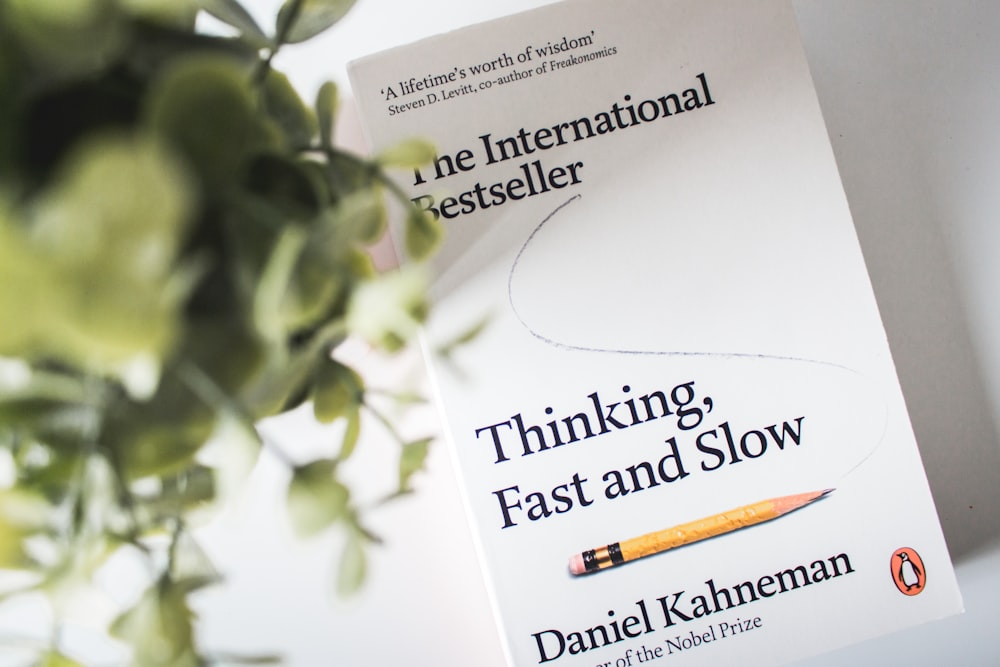Thinking, Fast and Slow by Daniel Kahneman
Thinking, Fast and Slow by Daniel Kahneman, winner of the 2002 Nobel Prize for Economics, examines what is happening in our brains when we make choices. In particular, it explores why we frequently make poor choices and what we can do about it. At each turn the book also offers stratagems, practical actions and advice for how to respond.
Thinking, Fast and Slow was published in 2011, and although almost a decade has passed since then, the book is still an important read for agency leaders making important decisions every day.
The Big Idea
This is a book about what’s happening inside our minds when we make choices. In particular, it explores why we make poor choices so often and what we can do about it.
Kahneman describes how there are two processes in our minds, the fast thinking and the slow thinking aspects of the book’s title.
The fast mind is subconscious — it is automatic and subliminal, highly efficient, based on rules of thumb that usually work out fairly well, but it is uncontrollable and prone to make mistakes. He calls this System 1.
The slow mind is conscious — it does the slow and sequential thinking, the stuff that requires deliberation. It’s that part of our thinking that most feels like ‘us’. But it is also intensive, energy-sapping and limited in its capacity, and much slower than the fast mind. He calls this System 2.
The big idea of the book is that we have both of these systems operating simultaneously in our minds, but they have very different bandwidths — System 1 is high-capacity but approximate; System 2 is low-capacity but accurate. More importantly, the two systems frequently arrive at different conclusions, even when they have the same inputs. System 1’s answers are quick but they’re often wrong, and when System 2 evaluates things properly the errors are usually easy to see. We cannot help System 1’s approximations — it’s our means of survival in the demands of everyday life. And we cannot simply try to be more System 2 — it’s way too slow and energy-hungry to do that. But by identifying the problems caused by System 1 we can employ measures to avoid their worst effects in life’s most important situations.
The book explores the shortcuts that System 1 makes, the problems they cause, and makes numerous suggestions for how to avoid those problems.
Key Points
Thinking, Fast and Slow is structured in five parts. The first four have the most relevance for agency leaders.
